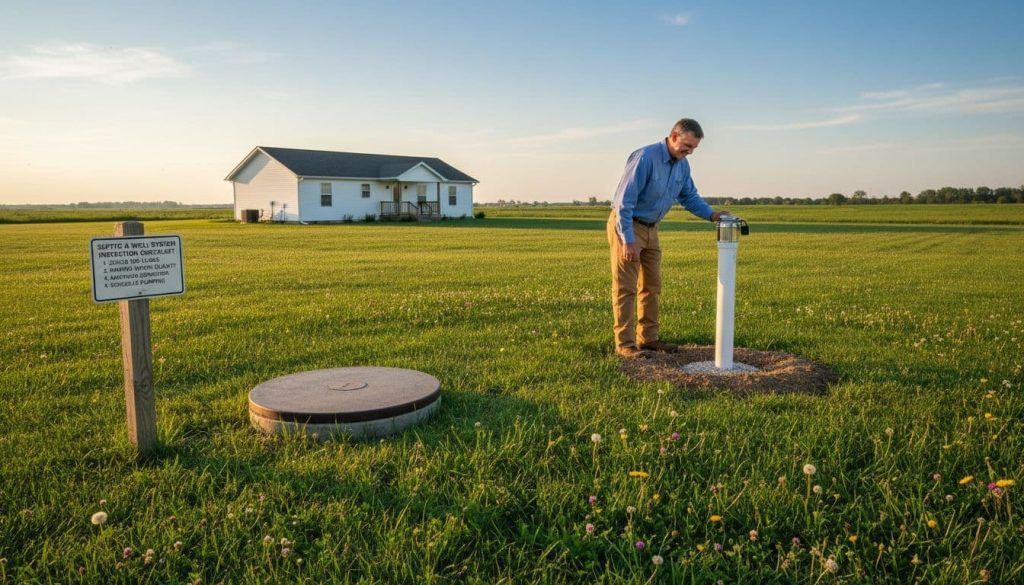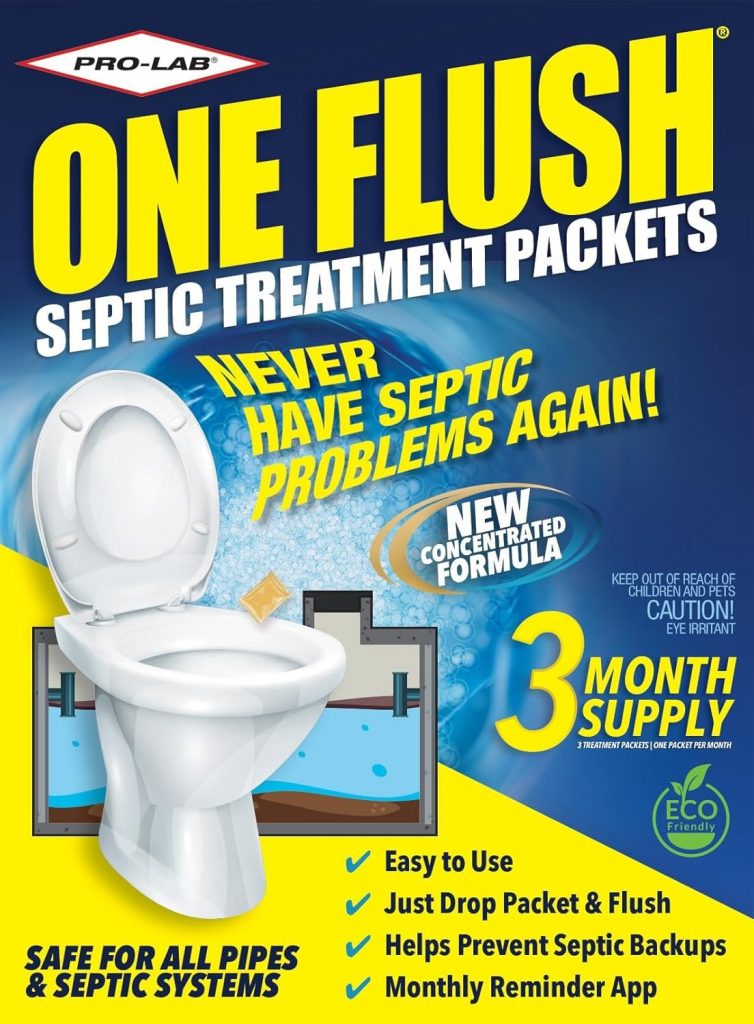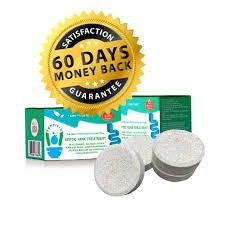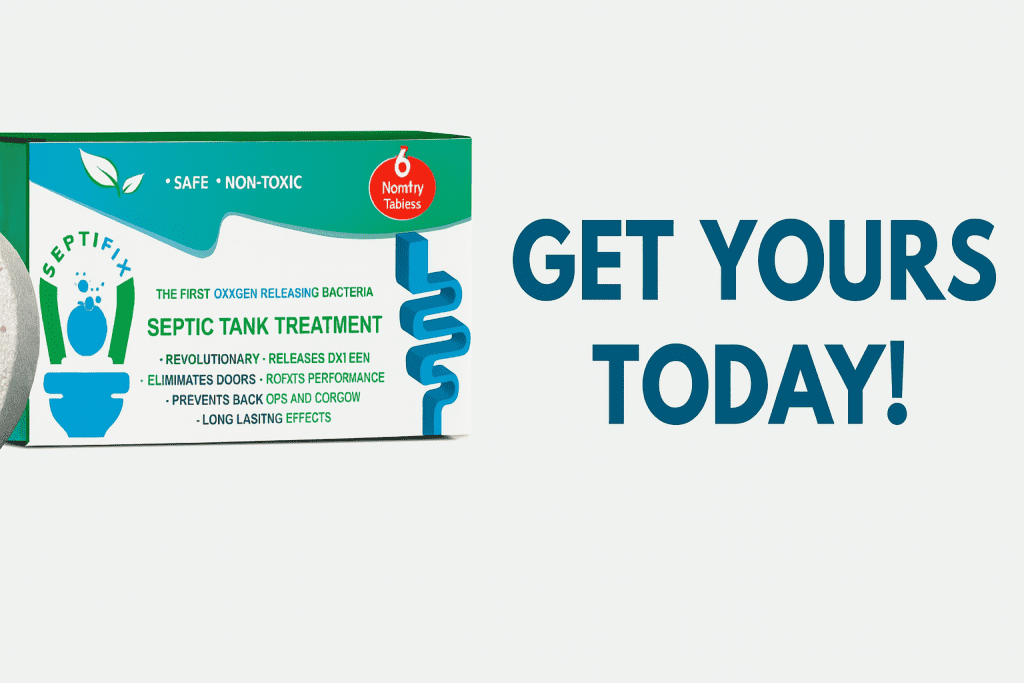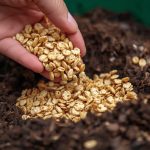A Practical Guide
Learn Septic System Well Water Safety in simple steps.
Get testing tips, upkeep checklists, and warning signs. Keep your water clean, your home happy.
Rely on a private well for drinking, cooking, and showers? Then your water safety depends on the health of the nearby septic system.
A well-kept septic system provides effective wastewater treatment, reducing harmful bacteria, nitrates, and chemicals that could lead to contamination in your well water.
If the system leaks or overflows, germs and pollutants can slip into groundwater and cause stomach illnesses and other health problems.
Here is the simple link. A healthy septic system keeps wastewater where it belongs, and clean well water stays clean.
Poor pumping schedules, clogged drainfields, or flushing the wrong stuff can push contaminants toward your well, especially in sandy soils or shallow water tables.
Families reliant on private wells should perform water testing annually, watch for warning signs, and keep a simple maintenance routine.
In this guide, you will learn how a septic system works, what warning signs to watch for, and practical maintenance tips you can start today.
We will also cover why this matters for anyone using a private well. If you love composting, you will appreciate this too.
Good septic care reduces pollution in a similar way that tidy composting habits protect soil and streams.
- A healthy septic system protects well water from bacteria, nitrates, and chemicals.
- Missed pumping, clogs, and bad flushing habits raise contamination risk.
- Perform water testing annually, or after floods, and fix septic issues early.
- Simple, eco-friendly routines, like you use in composting, also keep septic systems reliable.
How Septic Systems Can Contaminate Your Well Water
Your septic system and your well share the same ground.
When the septic system works as designed, microbes perform wastewater treatment, cleaning it before it reaches groundwater.
That means cleaner drinking water at the tap from your well water.
If there’s a septic system failure, such as tank cracks, pipes leaking, or the drainfield flooding, wastewater can move through soil and cause well contamination in your well water.
Sandy soils and shallow water tables raise the risk. Good biology helps too. Strong aerobic microbes break down waste quickly and limit odors, which improves treatment.
Learn more about the role of oxygen-loving microbes in Aerobic Bacteria in Septic Tanks.
For a clear overview of how septic system failures affect groundwater and nearby wells, see the EPA’s guidance on septic impacts on water sources.
Common Contamination Risks and Health Dangers
Septic leaks can send a mix of pathogens and pollutants toward your well, leading to contamination.
Know the big risks so you can spot problems early and act fast.
- Bacteria, such as E. coli and Campylobacter, can trigger gut infections, stomach cramps, vomiting, and diarrhea.
- Nutrient pollution from nitrates in wastewater can escape treatment, then convert to nitrite in the body. This form of nitrogen reduces oxygen in the blood for infants, causing blue baby syndrome.
- Household chemicals, including bleach, solvents, and disinfectants, lead to chemical contamination that harms water quality, adds toxic byproducts, and upsets treatment in the tank.
Watch for warning signs in your taps: metallic or chemical tastes, rotten-egg or musty smells, cloudy water, or tiny floating particles.
Health clues count too, like repeated stomach bugs after using the water.
Prevention starts with awareness.
Space your well and drainfield correctly, pump on schedule, and test the well at least once a year, or after floods, heavy rain, or nearby repairs or construction.
Key takeaways:
- Septic system failures can send bacteria, nitrates, and chemicals into well water.
- Odd tastes, smells, cloudiness, or particles suggest a problem.
- Regular testing and timely septic care reduce health risks.
Spotting Septic Problems Before They Harm Your Water
 Photo by Becerra Govea Photo
Photo by Becerra Govea Photo
Small septic system issues can sneak up on your well. The trick is to spot them early and act fast.
Look and listen around your home each month, especially after big rain.
Watch for warning signs that point to trouble in the drain field or septic system tank.
These can show up indoors or in the yard, and they can appear one at a time or all at once.
- Slow drains and frequent gurgling in sinks or toilets
- Sewage smells in the house or near the drainfield
- Soggy soil or standing water over the drainfield
- Bright green grass patches above buried pipes
- Sewage backing up into tubs or floor drains
These are classic red flags that match public health guidance on signs of septic system failure. If you spot two or more at once, call a pro and pause heavy water use. For ongoing care that fits a low-fuss routine, see our guide to Eco-friendly septic maintenance for beginners.
What Failing Septic Means for Your Family’s Health
A septic system failure can push pathogens into groundwater that feeds your well.
Untreated leaks may carry E. coli, norovirus, and other risks, leading to health risks like diarrhea, vomiting, and skin rashes, especially for kids and older adults.
Nitrates and other chemical contamination can also rise, which is unsafe for infants.
A published outbreak report linked a norovirus illness cluster to wastewater pathways from a septic source moving into nearby private wells used in a home.
Researchers used DNA-style tracking to confirm human waste markers during the event, underscoring how plumbing issues can reach your water supply and taps when the system is failing.
You can read the study summary here: Identifying septic pollution exposure routes during a waterborne norovirus outbreak.
Protect your family with simple habits. Conduct water testing on your well at least once a year for bacteria and nitrates, and after floods or heavy rain.
The EPA explains how septic problems can affect drinking water in Septic Systems and Drinking Water.
If results show contamination, switch to bottled or boiled water while you fix the system.
Key takeaways:
- Multiple small signs often point to a bigger septic problem.
- Leaks can carry pathogens and nitrates into private wells.
- Test well water yearly, and after storms or backups.
- Act early with maintenance and professional help to keep water safe.
Simple Steps to Keep Your Septic Healthy and Water Safe
Clean water and a happy septic system go hand in hand. Small habits make a big difference.
Think of your septic system like a compost bin under the lawn. Feed it right, avoid overload, and give it routine checkups.
The payoff is clear taps, fewer repairs, and peace of mind.
An affordable way to keep on top of Septic Safety
Best Practices for Long-Term Prevention
Plan smart and you prevent problems later. Space matters. For proper installation, site new septic systems and replacement drain fields far from wells, surface water, and property lines.
Local rules vary, but more distance usually means more safety.
Book regular professional servicing. A technician should inspect the tank and drain field, then perform septic tank pumping every 3 to 5 years based on use and tank size.
The EPA’s guide on how to care for your septic system covers the basics in plain steps.
Test well water yearly for bacteria and nitrates with water testing, and after floods or major plumbing work.
If your water changes taste or smell, test right away. For a clear homeowner checklist, see this quick primer on protecting well water through septic care.
Small, low-cost maintenance habits pay off:
- Fix dripping taps and running toilets fast to conserve your water supply, since they overload the system.
- Spread laundry across the week to avoid surges.
- Keep vehicles and heavy loads off the drain field.
- Compost more and skip the sink disposal to reduce solids and phosphorus pollution. Try these 6 effective composting methods to lighten the load on your tank.
Key takeaways:
- Space septic systems well away from wells, and plan for long-term safety.
- Inspect and pump on a schedule, not just when problems show.
- Test well water yearly to protect your well, and after heavy rain or flooding.
- Reduce water waste, repair leaks quickly, and avoid overloading the system with proper maintenance.
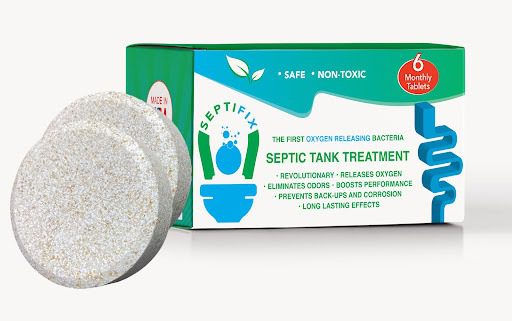
Conclusion
A healthy septic keeps harmful bacteria, nitrates, chemicals, and contamination out of your well, which protects your family’s health and your wallet.
Small, steady habits, like routine pumping and careful water use, prevent costly breakdowns and keep the drainfield working.
Take action today. Schedule a septic inspection, book your next pump, and test your well for bacteria and nitrates.
For resources on testing and maintenance, contact your local health department. Keep storm plans in mind, then retest after floods or heavy rain.
If contamination is confirmed, consider shock chlorination as a remedy.
If your water smells odd or drains slow, pause heavy water use and call a pro.
Simple steps make a big difference for septic system well water safety.
Share these tips with neighbors, since groundwater connects many homes. When more households maintain their systems, everyone’s drinking water stays safer.
Ready for easy maintenance support?
Add bacteria-based treatments to your routine, and keep records so proper maintenance never slips.
Clean water, fewer surprises, and a safer home start with a healthy septic system.
Key takeaways:
- A well-maintained septic system keeps contaminants out of well water.
- Regular pumping, smart water use, and safe disposal habits lower risk.
- Test your well yearly, and after storms or backups.
- Fix early warning signs fast to avoid expensive repairs.
- Encourage your community to maintain systems for shared groundwater safety.



